Reflecting of my first days back
Californian editor in chief joins nearly 500 other Cal High hybrid students back on campus, but notices some safety protocols are not being followed as expected
Hybrid students who returned to campus this week found they’re spaced about six feet from their classmates.
Being on campus for the past two days felt like a fever dream—it didn’t feel real, but also oddly normal at the same time.
It also felt incredibly heartwarming and I could tell that teachers were genuinely excited to have us back on campus. When I visited Cal High on Wednesday morning (the first official day of hybrid learning) to take photos for newspaper, my friends and I were greeted with warm smiles by Principal Megan Keefer and other administrators. Seeing the campus teeming with students was a scene I never imagined I’d get to see again in my entire life.
As an avid “school district board meeting watcher,” I was highly sensitive to all the health rules and guidelines that were set in place before returning to campus. I expected to see and witness these guidelines in action once I returned to school on Thursday and Friday as a Cohort B student.
But that was not entirely the case, and I’d like to point out the loopholes in the system that Cal and other schools in the district need to address before carrying on with the hybrid model for the remainder of the fourth quarter.
Let’s start with the topic of masks. I was happy to see all of my peers abide by mask rules, with many of us double masking to keep each other safe. But I noticed that the mask rule didn’t seem to be as strict with teachers.
When I was logged into class in the old gym on Friday morning, I noticed two of the supervising teachers talking at the front of the gym without masks on. Their conversation carried on for at least three minutes, both of them standing very close to each other.
On Wednesday morning, I briefly walked past the door of one of my old teachers, planning to say hi. I decided against it when I noticed the teacher had an improperly worn mask under the nose in front of a room full of students.
The school needs to reinforce the mask rule with not only students but all teachers and staff. Masks are a collaborative effort, and if administrators can’t be strict with this rule, I’m definitely going to start thinking about how to get on the waitlist for staying remote.
I’ve also been really careful with COVID safety protocols since last March, so I couldn’t help but think, “What if someone next to me has COVID?” If a hybrid student tested positive, the school’s response would be to email everyone who was in “close proximity,” which is defined by the Contra Costa County health guidelines as being within six feet of a COVID-positive person for more than 15 minutes.
While this method of determining who is considered a close contact is relatively straightforward, I can make an assumption that doing so isn’t as simple in practice. The tables in the old gym are set up more than six feet apart, so nobody would be considered close contacts with each other. But students are also allowed to move freely to charge their devices, resulting in some students being less than six feet apart. Since none of the supervisors are keeping track of this movement nor making a seating chart in the gym, how would the school know if I was a close contact with a COVID-positive student?
In fact, as I am writing this, there is a student sitting closer than six feet from me, charging his computer. We’ve been sitting this way for much longer than 15 minutes. If he were to test positive for COVID, the school would have no idea that I was a close contact since nobody is keeping track of when students are moving, and I would never be notified that I might be at risk of infection.
On Thursday, I had two in-person classes, in which desks are placed four feet apart. There was no seating chart in those classes either, so if any of my classmates tested positive, how would the school know who to contact? While I appreciate that level of freedom given to students to move around to charge devices and choose where to sit, these issues need to be monitored so that safety can be guaranteed.
While these safety enforcements have been weaker than I imagined, I am glad that the physical safety measures provided (masks, hand sanitizer, shields, etc.) have been impressive. There’s a hand sanitizer bottle in every single classroom, and in the old gym alone, there’s at least five big bottles at the front entrance.
I’ve been able to sport a stylish Cal High mask that was handed out to all hybrid students and use the mini hand sanitizers that have “Grizzly Nation” printed on the bottle. The school spirit almost makes up for the uncomfortable glue-like consistency of the hand sanitizer, although now I know to bring my own hand sanitizer to school.
I also thought the six-feet distancing requirement would be more strictly enforced during lunch. I remember when the hybrid model was confirmed, we were told that there would be markings on the ground to signify areas where friend groups could eat lunch, hang out, and talk to each other at safe distances.
For the past three days I’ve been present on campus, I haven’t seen any of these markings on the ground. I understand it’s difficult to make sure there is a six-foot distance between 250 students every day, but I would have liked to see a follow-up about the distancing circles that were supposed to be marked on the quad.
This concern circles back to the topic of who is notified as a “close contact.” Lunch is longer than 15 minutes, and the school is most certainly not keeping track of who is eating with whom, who is eating close to whom, or who is eating alone. If a student tested positive for COVID and had eaten lunch near a student, that would raise questions on how to properly identify the close contact(s).
While I have felt relatively safe returning to campus, my peers and I would feel even safer if these issues are properly addressed moving forward.
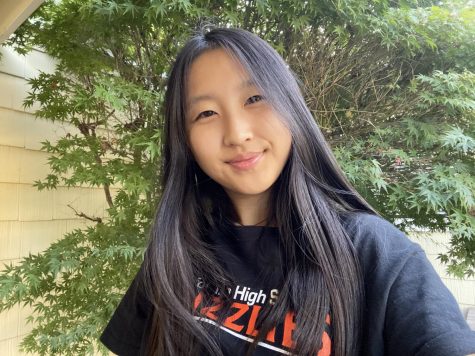
Senior Christine Oh and third-year newspaper student is thrilled to serve as co-Editor in Chief for The Californian. She loves to travel, meet new people,...
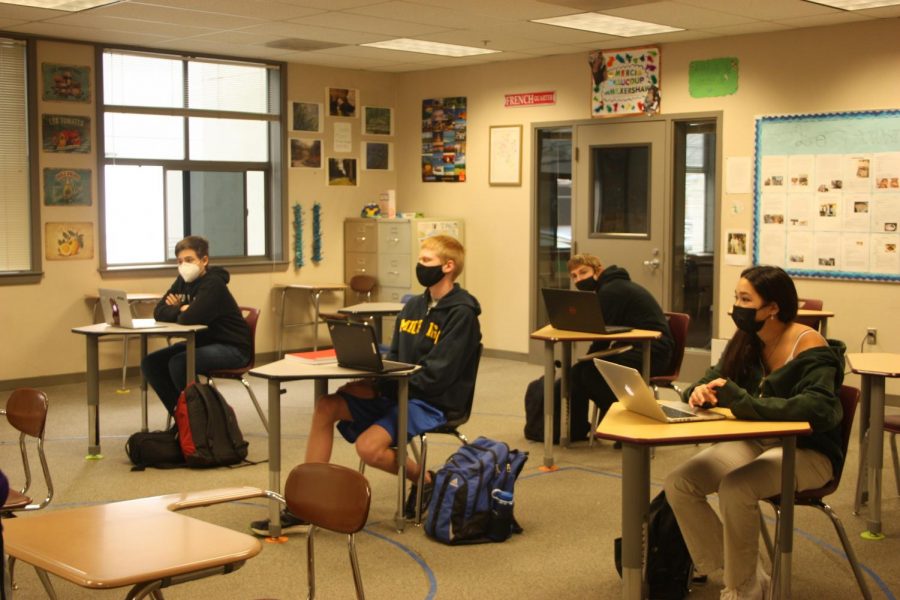
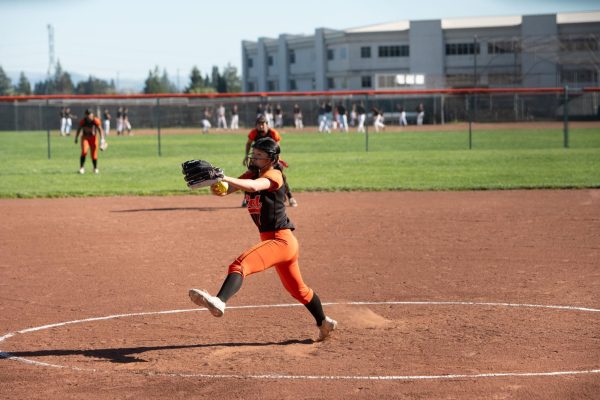
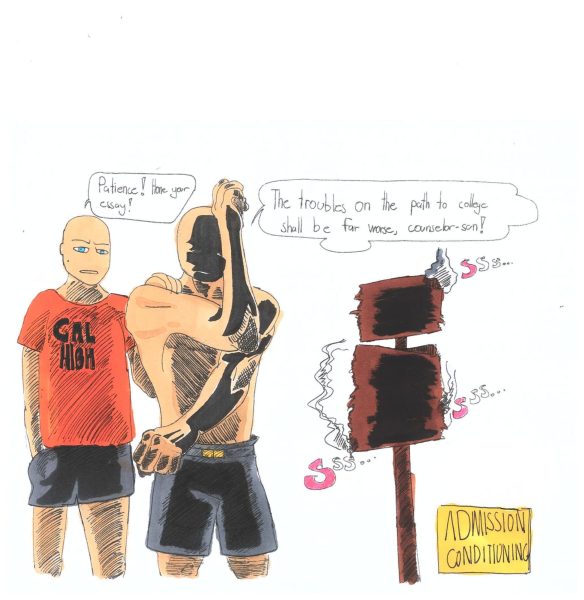
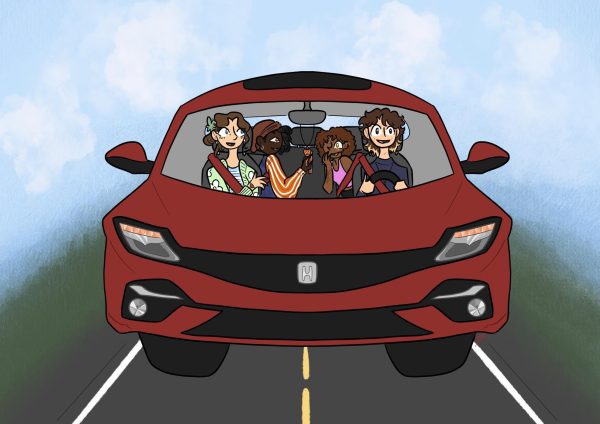
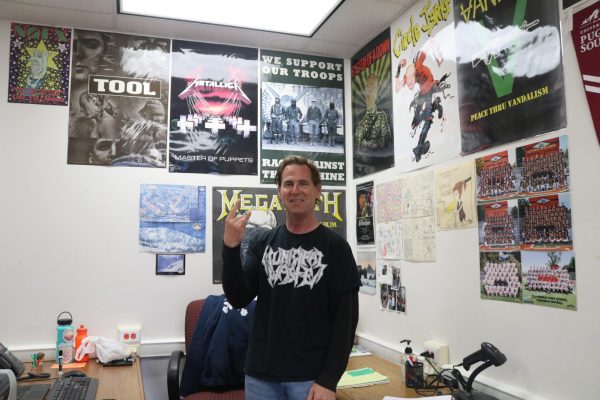
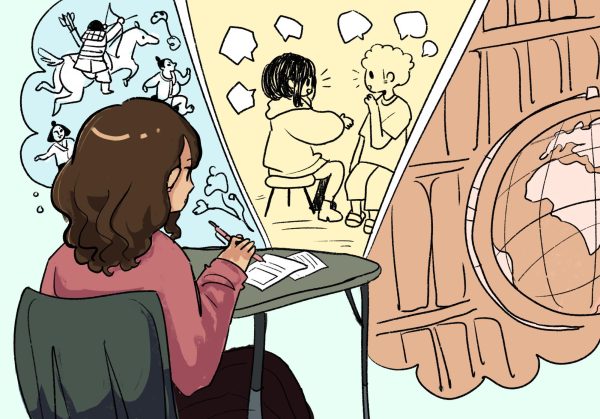
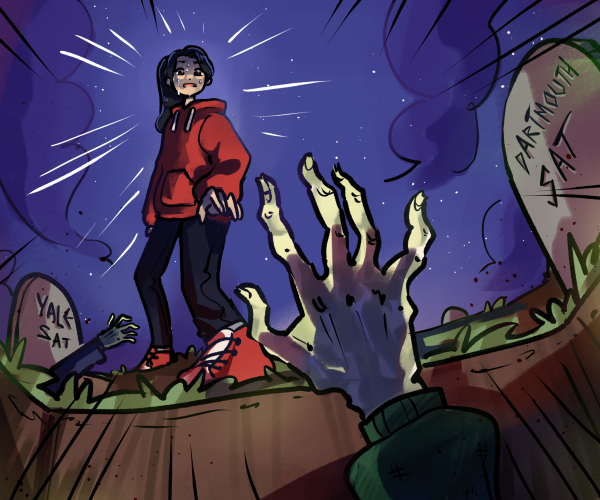
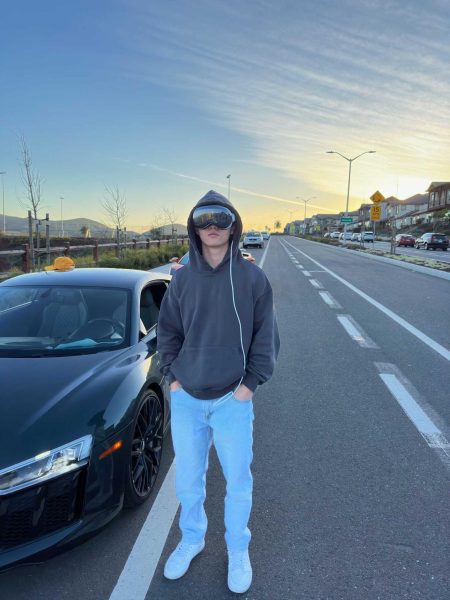
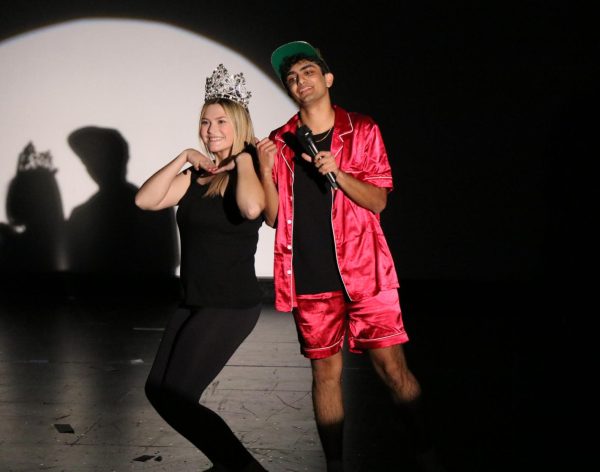
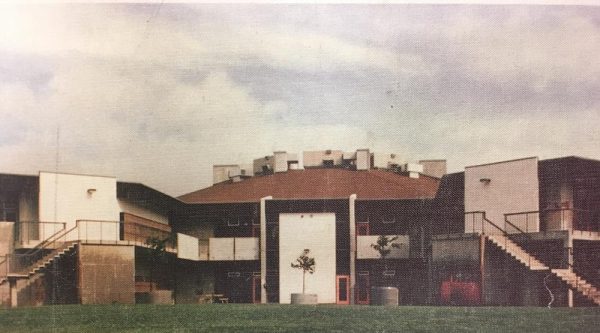
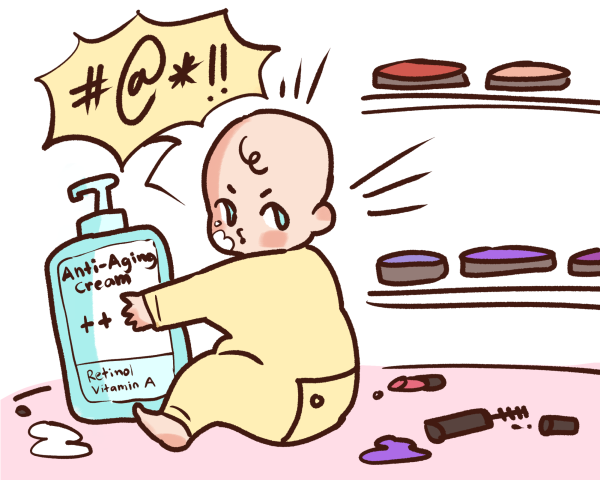
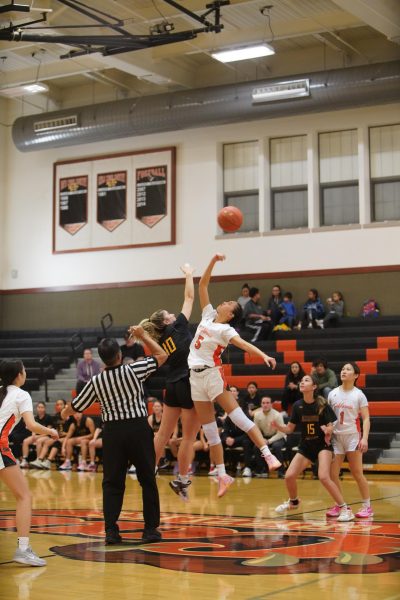

Aidan McRae-Selph • Apr 21, 2021 at 8:52 am
I’m afraid I have to disagree with the idea of making the teachers have to constantly worry about making sure they have their masks cover their noses. I believe this because I have a job in fast food where we have to talk to customers frequently, and over time-based on nose and jaw shape can affect if the mask falls on its own, and it’s almost impossible to tell when it has fallen down. If you are so concerned about it, then why are you going back on campus? I am going back because I want to interact with people mask on or not on I am not too concerned about it.
Joyce Tong • Mar 22, 2021 at 10:42 pm
Sorry some of these comments are so rude! I appreciate your perspective, especially since I’m hesitant of going back to school.
Alice Westinghouse • Mar 20, 2021 at 1:01 pm
Thank you for saying something so brave! Personally, I have been triple-masking for a while now, and I can’t believe others would so brazenly put others at risk by continuing to live their lives. It’s so irritating that they question the government. America is about blind obedience to authority, not individualism! Nice going.
Harry Johnson • Mar 20, 2021 at 12:55 pm
If you are so worried, perhaps you should stay home in a bubble so the rest of us don’t have to hear your incessant whining.
Jacob Ghali • Mar 20, 2021 at 12:48 pm
Commie